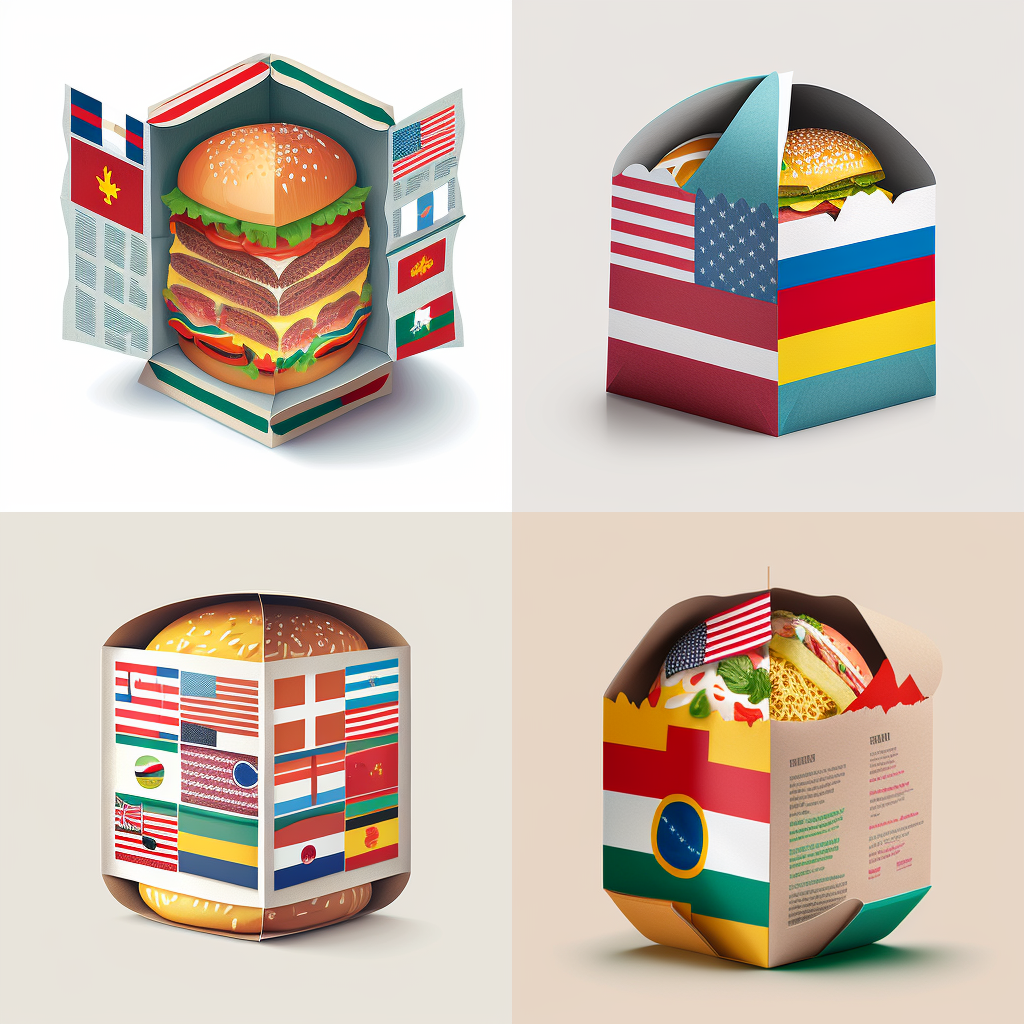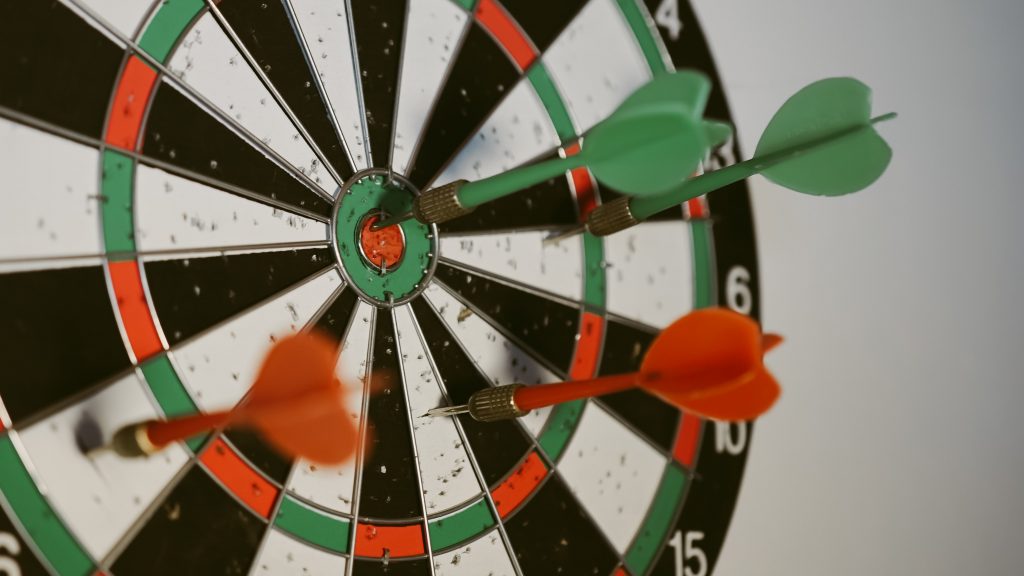
If you work in packaging design, you will be familiar with the fact that efficiency is not just a preference—it’s a competitive necessity. As design processes become more complex, you will experience a growing need for seamless connectivity with other systems. This is where the transformative power of API integration enters into the picture, as it elevates packaging design efficiency to new heights.
The Imperative of Connectivity in Packaging Design
The complexity of modern packaging design involves collaboration among diverse stakeholders, integration with workflow systems, and adherence to compliance standards. The traditional siloed approach falls short in meeting the demands of today’s fast-paced design environment. This is where API integration shows up to the party, as technological bridge that connects various components of the design process and enhances overall efficiency.
Understanding API Integration in Packaging Design
1. What is API Integration?
API (Application Programming Interface) integration is the connection between different software applications in a transparent manner. It allows these systems to communicate, share data, and work cohesively without manual intervention.
2. The Role of API in Packaging Design
In the context of packaging design, API integration enables the Artwork Management system to connect with other crucial components of the design workflow. This includes collaboration tools, project management systems, and even external databases.
3. Elevating Efficiency
Why does it become such an important tool? API integration eliminates manual data transfers and the need for multiple platforms. It ensures that data flows effortlessly between systems, reducing the risk of errors and accelerating the design process.
The Impact of API Integration on Packaging Design Efficiency
1. Streamlined Workflow
API integration streamlines the entire design workflow. From initial concept to final approval, the interconnected systems ensure a smooth progression without unnecessary delays.
2. Real-Time Collaboration
Collaborative tools integrated through APIs facilitate real-time communication and feedback. Stakeholders can seamlessly collaborate, providing instant feedback without the need for constant updates or meetings.
3. Version Control Mastery
API integration ensures that version control is centralized and synchronized across all connected systems. This eliminates version conflicts and ensures that all stakeholders are working with the latest design iteration.
4. Compliance Assurance
In industries with strict regulatory requirements, API integration helps in maintaining compliance. Data can be automatically validated and synced with external compliance databases, reducing the risk of errors.
Implementing API Integration in Packaging Design
Ok, I am sold! What do I need to do to get API Integration in place? – you may wonder.
1. Identify Integration Points
Identify key areas in your design workflow where integration with external systems can enhance efficiency. This might include collaboration tools, project management platforms, or databases containing regulatory information.
2. Choose the Right API
Select APIs that align with the needs of your design process. Ensure that they offer the necessary functionalities and are scalable to accommodate future changes in your workflow.
3. Seamless Integration
Work with your IT and design teams to ensure a seamless integration process. Testing and refining the integration are essential to guarantee a smooth workflow.



